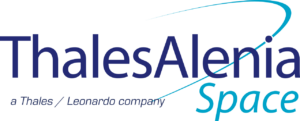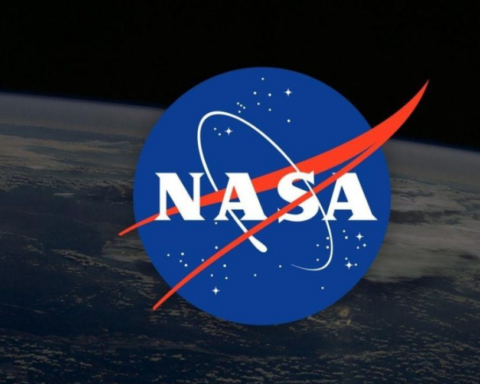
Thales Alenia Space, a joint venture between Thales (67%) and Leonardo (33%), announced that all the integration activities for the Euclid satellite have been completed at the Turin plant and Euclid will soon be heading to the Thales Alenia Space plant in Cannes, where it will carry out environmental tests, prior to the launch campaign. Euclid is a technological gem that will play a leading role in the challenging scientific missions of the European Space Agency (ESA) with the contribution of many national space agencies, including the French and Italian Space Agencies (CNES and ASI). The mission is designed to explore dark energy and the mysteries of dark matter.
Euclid satellite is for the first time in its launch configuration equipped with all the on-board subsystems and the scientific instruments VIS (Visible Instrument) and NISP (Near Infrared Spectrometer and Photometer) being individually integrated and tested. In addition the telescope, previously integratedat the Airbus Defence and Space plant in Toulouse, has been installed on the service module as well as the Solar Panel and the Antenna .
Thales Alenia Space Italy is the prime contractor for the Euclid mission satellite and is also responsi ble for its service module, as well as leading the industrial team of more than 120 European companies.
How did the Universe come into existence and why is it expanding at an accelerated speed, rather than decelerating due to the gravitational attraction of all the matter it contains? This is one of the most important questions in modern cosmology and Euclid, by mapping the structure of the Universe on a large scale over 10 billion light years, will reveal the history of its expansion and growth of cosmic structures over the last three quarters of its history.
“I would like to emphasise the excellent team work carried out over the last few years by both the project team and the entire industrial consortium for the ESA Euclid mission ,” said Walter Cugno, Vice-President of Exploration and Science at Thales Alenia Space, “a very synergic and punctual work that confirms Thales Alenia Space’s ability to lead the development of highly challenging scientific missions. Contributions from Thales Alenia Space in Spain, Belgium and France, enabled to reach this important programme milestone, which will be now completed by environmental tests carried out in Cannes then followed by the launch campaign of this truly challenging mission.”
Communicating at 1.5 million kilometres distance
Euclid will map the 3D distribution of up to two billion galaxies and associated dark matter during a six -year mission, covering most of the observable sky outside our Milky Way. The complete survey consists of 150 thousand high- definition images with associated colour and spectral information, resulting in close to a petabyte of compressed data to be downlinked. This huge amount of data will be transmitted by the satellite from its orbit around the L2 Sun-Earth Lagrangian point at a distance of 1.5 million kilometres from the Earth, using its K-band (26 GHz) radiofrequency data transmission system to the ESA’s stations located in Cebreros, Spain, and Malargüe, Argentina, equipped with 35 meters parabolic antennas. Euclid also incorporates an X-band system to control and monitor the spacecraft and measure its distance to Earth.
Euclid industrial contributions
Among the main subcontractors, Airbus Defence and Space in Toulouse, France, is responsible for the Payload Mod-ule, comprising the telescope and optical bench housing the sensors of the 2 VIS and NISP instruments.
These instruments have been developed by an international consortium led by the IAP astrophysics institute in Paris, in which no fewer than 10 French research laboratories are involved (attached to the national scientific research centre CNRS and CEA, the French atomic energy and alternative energies commission), supported by CNES.
Thanks to the cold gas micropropulsion built by Leonardo, ESA will be able to control the orientation of the probe in space with corrections in observation direction. Information regarding the telescope’s line of sight will also come from a Leonardo sensor: specifically developed for the Euclid mission, the Fine Guidance Sensor (FGS) is a highly accurate star sensor, mounted directly onto the telescope, with the aim of ensuring absolute alignment between the axis of the telescope and the reference stars. Furthermore, Leonardo supplies the photovoltaic panels, which will provide power for all the probe’s systems.
The Euclid Kband deployable and steerable high gain antenna draws on Thales Alenia Space in Italy’s unique expert-ise in this domain in exploration missions to the Solar System, like Cassini-Huygens (Saturn), BepiColombo (Mercury) and ExoMars (Mars).
Thales Alenia Space in Italy has also provided the X-band Transponder, while the X-band and K-band Travelling Wave Tube Amplifiers (TWTA) have been developed by Thales Alenia Space in Belgium.
Thales Alenia Space in Spain provided the satellite telecommunication system, given its strong heritage in data transmission systems for all types of space missions and orbits.






